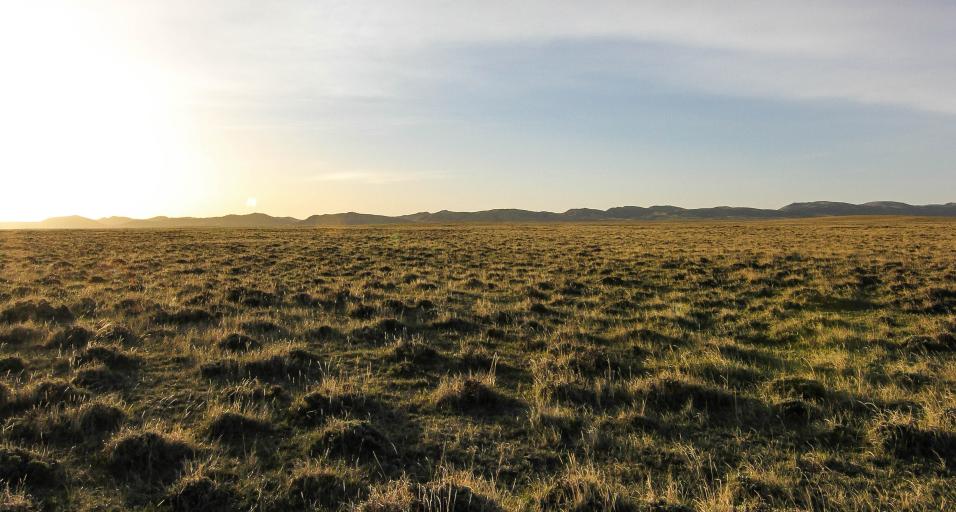The Western Association of Fish and Wildlife Agencies (WAFWA) has released a new report that provides a comprehensive assessment of fire and invasive management options for the conservation of sagebrush in the western United States. The Wyoming Game and Fish Department participated in the multi-agency Wildfire and Invasive Species Working Group that produced the report and updated a gap analysis report, originally published five years ago.
Fires in sagebrush country can lead to invasive species growth on the landscape. It is an issue that is becoming increasingly important in Wyoming, especially in sagebrush areas vulnerable to cheatgrass invasion like the Big Horn Basin and the eastern part of the state. The report titled “Wildfire and Invasive Plant Species in the Sagebrush Biome: Challenges that Hinder Current and Future Management and Protection – A Gap Report Update” provides states with recommendations for actions to improve the conservation and management of the sagebrush biome post-fire.
“Wildfires have burned locally significant areas of sagebrush, which have compromised the habitat of sage grouse and other wildlife dependent on sagebrush,” said Tom Christiansen, Game and Fish sage grouse program coordinator and member of the working group that produced the report. “New species of invasive plants, specifically medusahead and ventenata grass have also been documented in northeastern Wyoming in recent years. In addition to reducing wildlife habitat, these invasives can cause serious economic losses to agricultural producers.”
The updated report builds on work published in 2013 that summarized the policy, fiscal, and science challenges that land managers have encountered in conserving sagebrush, especially regarding control and reduction of the invasive annual grass/fire cycle. The Gap Report Update is the latest addition to the list of products developed by the multi-agency working group that are designed to help identify the conservation challenges, or gaps, associated with the fire and invasive species threat to sagebrush and offer ideas to address those challenges.
Researchers documented that the number one conservation issue facing the western sagebrush rangelands is the lack of program capacity and necessary structure for invasive plant management at all levels of government. Specifically, the report states the severely limited capacity for invasive plant prevention, early detection and rapid response to control and manage invasive plants, along with regulatory activities and associated native plant restoration operations, is directly tied to the lack of common conservation priorities and consistent long-term dedicated funding for invasive plant management programs. The report identified five top priority gaps and 17 areas of concern that will help all agencies and organizations working on sagebrush conservation to better focus on the major challenges.
“The issues and gaps outlined in the report have generally received higher priority in Wyoming in recent years. We anticipate the new report will lead to increased funding and more coordinated and collaborative planning between local, state and federal agencies as well as private industry and landowners,” said Christiansen. “Ultimately we'll see improved wildland fire management and invasive weed monitoring and control at the landscape scale. The Sublette County cheatgrass mapping and control project is an example of this type of partnership with similar efforts underway in Fremont, Sheridan, Natrona and other counties.”
The report is available to download from the WAFWA website.
Updated gap analysis report identifies sagebrush conservation priorities
Sara DiRienzo (307-777-4540)


